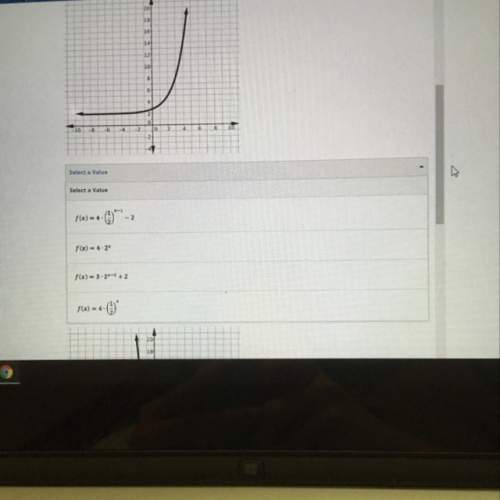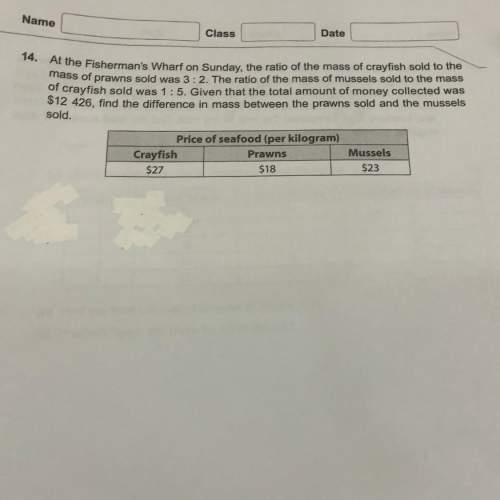
Mathematics, 29.02.2020 02:01 crispingolfer1864
The principal P0 is invested in an account that pays an annual interest rate r (written as a decimal), compounded n times per year.
The formula for the amount of money in the account at the end of the first period is given by the formula: p=p0(1+r/n)
Explain why the amount of money in the account at the end of the first year is given by the formula with n as the exponent: p=p0(1+r/n)^n

Answers: 1


Other questions on the subject: Mathematics

Mathematics, 21.06.2019 19:00, ashrobbb
The annual snowfall in a town has a mean of 38 inches and a standard deviation of 10 inches. last year there were 63 inches of snow. find the number of standard deviations from the mean that is, rounded to two decimal places. 0.44 standard deviations below the mean 2.50 standard deviations below the mean 0.44 standard deviations above the mean 2.50 standard deviations above the mean
Answers: 3



Mathematics, 21.06.2019 21:30, xxaurorabluexx
Use the method of cylindrical shells to find the volume v generated by rotating the region bounded by the curves about the given axis. y = 7ex, y = 7e^-x, x = 1; about the y-axis
Answers: 2
You know the right answer?
The principal P0 is invested in an account that pays an annual interest rate r (written as a decimal...
Questions in other subjects:














